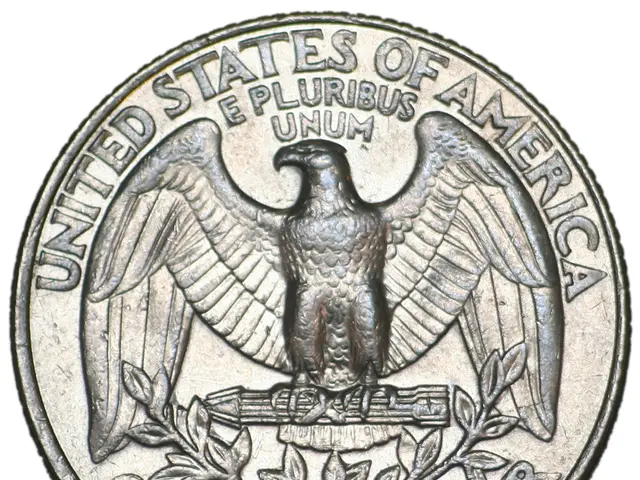Interest Rate Decrease: Central Bank Lowers Key Rate to 7.5% in Response to Inflation Fears
The Monetary Policy Committee (MPC) of the Central Bank of Iceland has decreased the bank's key interest rate by 0.25 percentage points, setting the seven-day term deposit rate at 7.50%. This marks the fourth consecutive rate cut, with unanimous support from all committee members.
Originally forecasting the rate to stay the same, Landsbanki and Íslandsbanki were proven incorrect. Arion Bank, however, correctly anticipated the 0.25-point reduction.
Inflation, although steady, remains elevated with a rate of 4.2% in April, according to the MPC's statement. The Central Bank predicts that inflation will hover around 4% through year-end, gradually approaching its 2.5% target. The Bank emphasizes ongoing uncertainty in the inflation outlook, particularly due to recent global economic developments.
The Bank noted that while domestic demand growth has slowed under tighter monetary conditions, there are still indications of resilient economic activity. These include strong card turnover figures, rising wage costs, and inflation expectations that, while down from earlier highs, still surpass the target.
Following the decision, the Central Bank's interest rates are now:
- Overnight lending rate: 9.25%
- 7-day collateralized lending rate: 8.25%
- 7-day term deposit rate (main rate): 7.50%
- Current account rate: 7.25%
The Bank reiterates its commitment to price stability; however, future rate reductions may hinge on the decline of inflation in the coming months.
The Central Bank of Iceland signaled that further interest rate cuts are unlikely unless inflation significantly decreases. According to the new forecast, inflation is expected to remain around 4% through the end of the year, suggesting the current easing cycle might have reached its limit in the short term.
Central Bank Governor Ásgeir Jónsson criticized the domestic pricing environment, highlighting factors that should have led to lower inflation but haven't, including a stronger króna, declining global oil prices, and a cooling housing market.
He also warned that rising wages, with average increases exceeding 8% year-on-year in the first quarter, were being passed directly to consumers through higher prices.
Deputy Governor Þórarinn G. Pétursson emphasized that the bar for further interest rate cuts is now high. "We have just reached a point where we will not move further with interest rates until we get inflation down much more," he said, implying that inflation must fall closer to 3% before easing continues. "I think this is a very clear message."
The Central Bank's updated inflation forecast anticipates inflation trends to slowly decline but remain above target until the second half of 2026 or later.
Factors contributing to persistent inflation in Iceland include weakly anchored inflation expectations, prolonged cost increases, elevated wage growth, a narrower economic slack, external and global uncertainty, exchange rate dynamics, and the lagged effect of monetary policy. These factors, combined, support the stickiness of inflation.
- The high inflation rate in Iceland, despite global oil price declines and a stronger krona, indicates an issue with the domestic pricing environment, as highlighted by Central Bank Governor Ásgeir Jónsson.
- Deputy Governor Þórarinn G. Pétursson stressed that future interest rate cuts in Iceland will depend on a significant decrease in inflation, with the target for easing being inflation falling closer to 3%.






